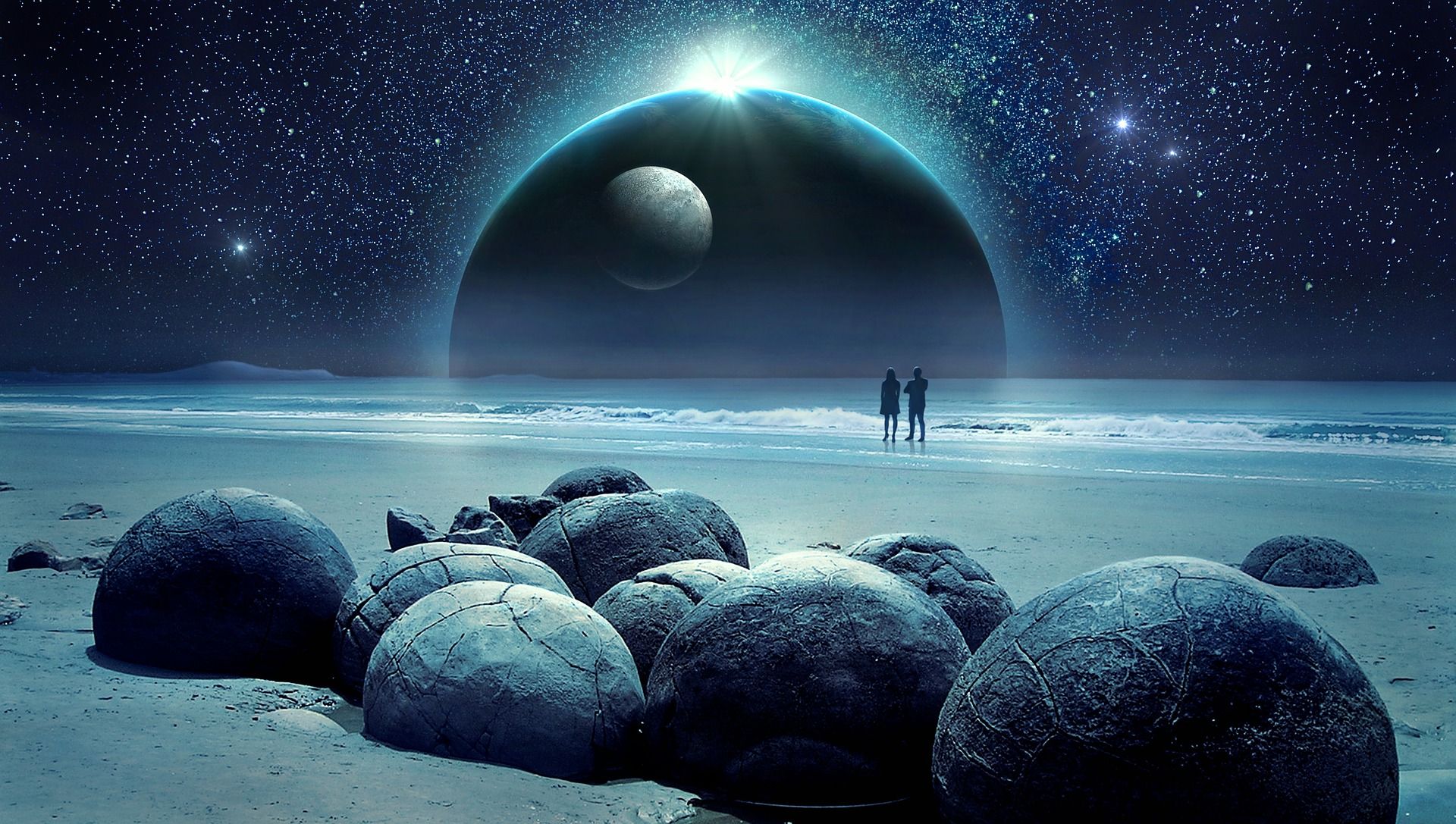The British supercomputer DiRAC COSmology Machine (COSMA) did a lot of work a calculated a simulation called SIBELIUS-DARK which is the biggest and most precise simulation of the Universe.

Image by Stefan Keller from Pixabay
- Be also sure to check out my other posts and follow me @kralizec and subscribe to my Youtube channel at Kralizec Gaming Youtube Channel
The Universe might be all around us but it is also quite far away. Luckily, we can simulate it though this is very hard for even the most powerful of supercomputers. On top of that, the Universe’s simulations are always growing and are getting more detailed. Recently, an international team led by experts from Helsingin yliopiso (University of Helsinki) simulated the evolution of the Universe from the Big Bang until the present. It is the so far largest and biggest and most precise simulation of the Universe of its kind.
The simulation is called SIBELIUS-DARK and is part of the Simulations Beyond the Local Universe (SIBELIUS). When astrophysicists simulated the creation and evolution based on the standard model with cold dark matter (the ΛCDM model) they usually focus on a randomly generated part of the Universe that is statistically similar to our Universe.
But the creators of the SIBELIUS-DARK decided to go with another approach. They used advanced generative algorithms allowing the simulation to create a specific part of our Universe. In this case, they generated the Universe around us. So, the simulation includes many of the same structures we can see in the night sky.
SIBELIUS-DARK includes the Universe to a distance of 600,000,000 light-years from Earth. Of course not to the smallest detail. But it still comes with over 130 billion simulated particles. This simulation required an incredible amount of computer time and this was provided by the supercomputer DiRAC COSmology Machine run by the Institute for Computational Cosmology at the Durham University in Britain.
Combine all this together and you actually get a simulation in which we can find some objects we know very well like the galaxy clusters in the Virgo or Perseus constellations, just as well as the mysterious Great Attractor. And at the center of the simulation, we can find the two spiral galaxies. The Andromeda galaxy and our own Milky Way.
Sources:
- https://academic.oup.com/mnras/advance-article/doi/10.1093/mnras/stac295/6524208?login=true
- If you like the content I’m producing about science maybe you will like the content I produce about gaming as well! Be sure to check out my other posts!